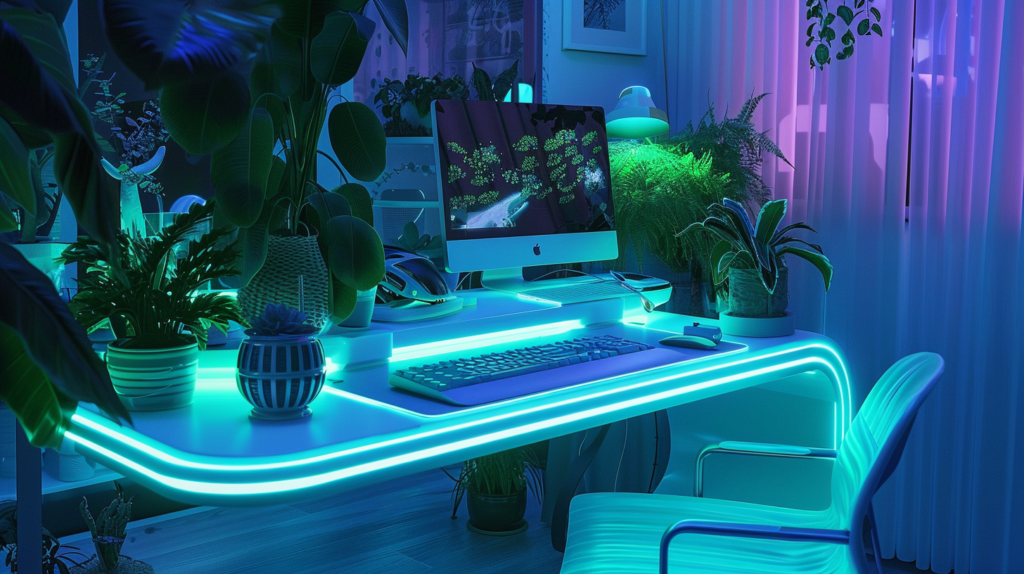
In the grand pantheon of tech acronyms, UX has always held a special place. A little elusive, a bit obscure, and oh-so-vital. A well-designed user experience, or UX, is often the difference between a software’s triumph or its catastrophic flop. But what if we add a pinch of AI? Brace yourself, ladies, gentlemen, and sentient robots. Today, we’re diving head-first into the world of AI in Predictive UX.
AI in Predictive UX is like that friend who finishes your sentences because they know you so well. But instead of being creepy or annoying, it’s actually helpful. It’s about a system that anticipates user needs and intentions, making interactions smoother than a freshly waxed surfboard. As if your humble UX wasn’t already bearing enough weight, we’re now asking it to predict the future. No pressure, right?
Predictive UX, powered by AI, might sound like something out of a science fiction novel, but it’s not. It’s the next step in the evolution of UX design. By using machine learning and data analysis, AI can provide real-time insights into user behavior. It’s like playing a game of chess where you can predict your opponent’s next three moves. Except, in this case, your opponent is your user, and your chessboard is your interface.
So, how does AI figure into this? Well, AI is the proverbial puppet master behind the scenes. It analyzes vast amounts of data and identifies patterns that would make a human brain resemble a blue-screened computer. AI in Predictive UX dives deep into data lakes, fishing for trends and correlations that can inform design decisions. It’s like having a crystal ball, but less mystical and more algorithmic.
The goal of integrating AI in Predictive UX isn’t to replace human designers – sorry, AI enthusiasts. Instead, it seeks to enhance their ability to create interfaces that are not just user-friendly but user-psychic. Imagine a design that knows what the user wants before they even realize it themselves. Sounds like magic, doesn’t it? Well, it’s not. It’s science, sprinkled with a dash of AI wizardry.
For instance, consider a shopping website that anticipates your fashion preferences. Or a food delivery app that knows your favorite cuisine. These are examples of AI in Predictive UX at work. It’s like having a personal assistant who knows your preferences better than you do. Except this assistant isn’t a person; it’s lines of code, powered by AI.
Of course, with great power comes great responsibility. In the case of AI in Predictive UX, that responsibility is privacy. Users are understandably nervous about sharing their data, and designers need to respect that. Predictive UX should feel like a friendly recommendation, not Big Brother surveilling your every move.
Despite potential privacy concerns, the potential benefits of AI in Predictive UX are significant. By understanding and anticipating user behavior, designers can create more intuitive, efficient, and user-centric designs. It’s about crafting an experience that is as unique as the individual using it.
In conclusion, AI in Predictive UX is like the secret sauce to a delicious UX design. It adds flavor, depth, and a dash of anticipation that can make all the difference. So, the next time you’re marveling at a particularly intuitive interface, remember: there’s probably some AI magic working behind the scenes. And who doesn’t love a little magic?


